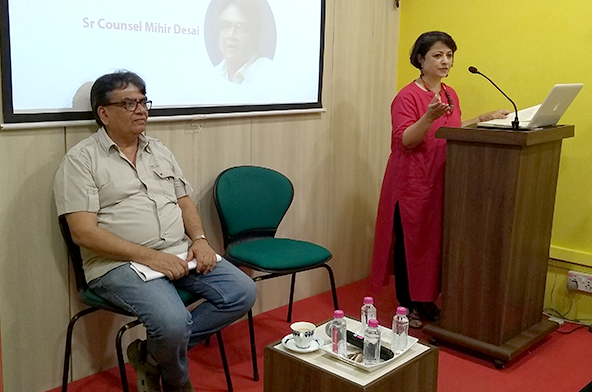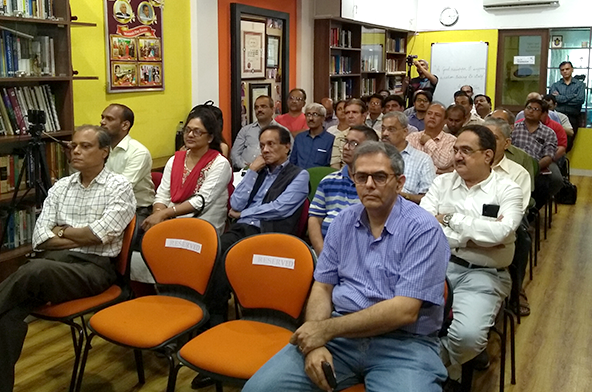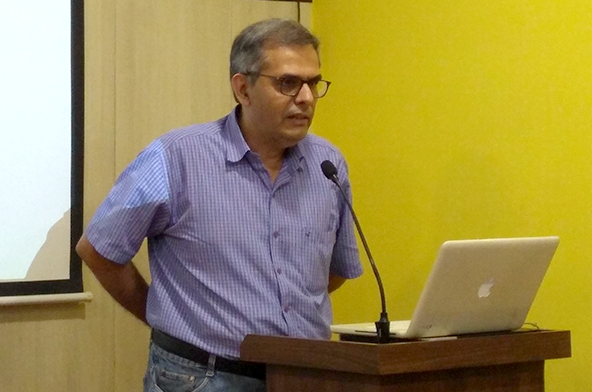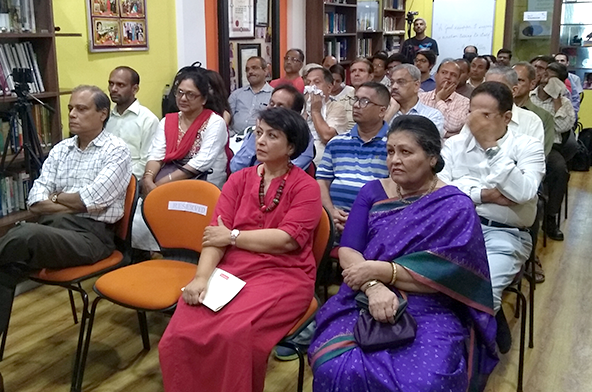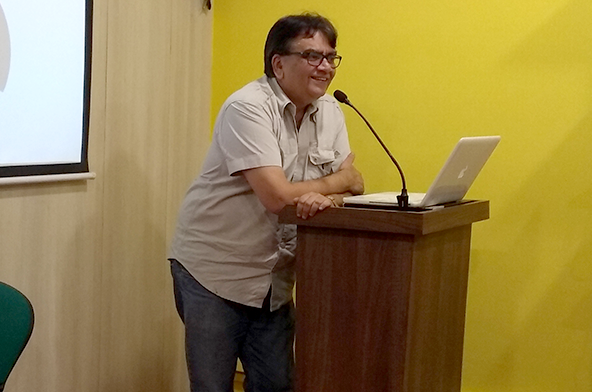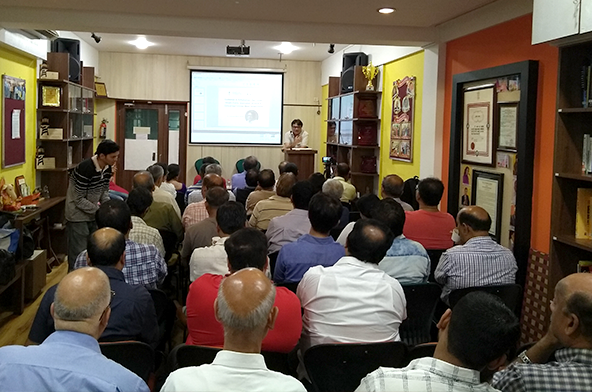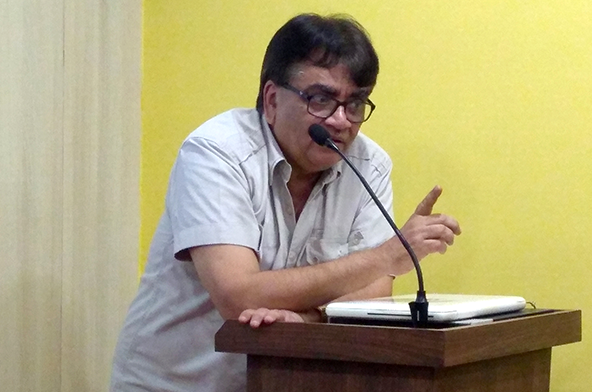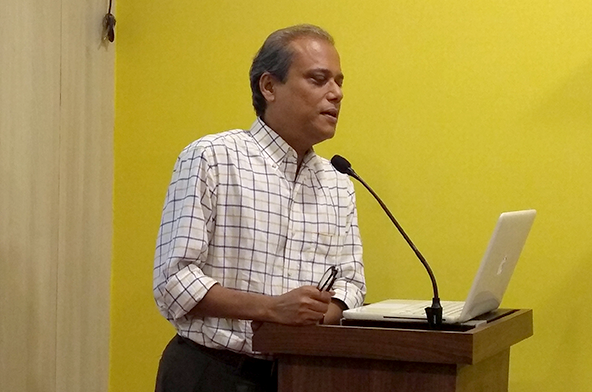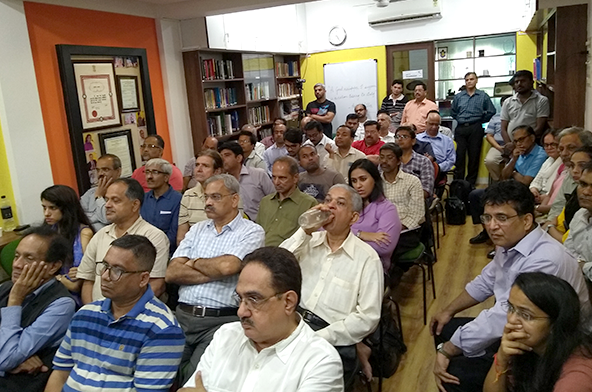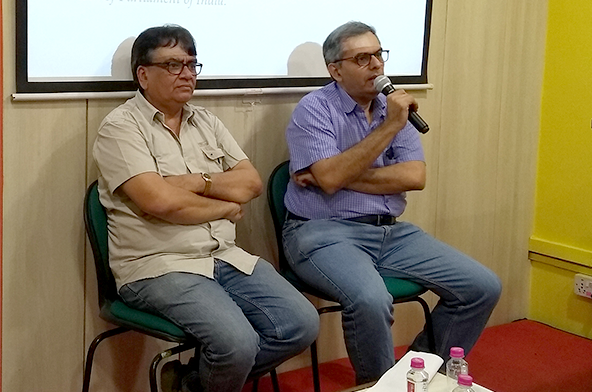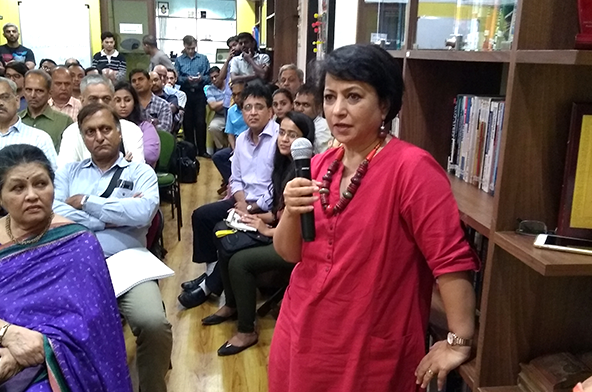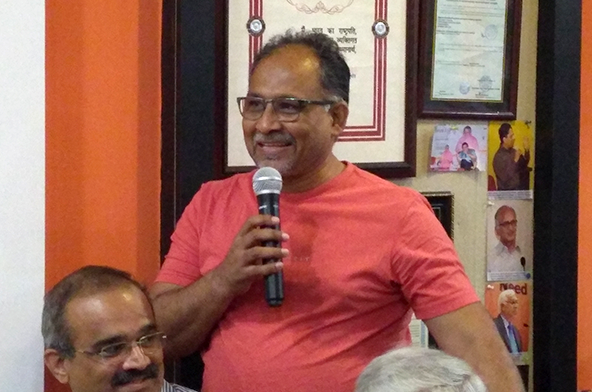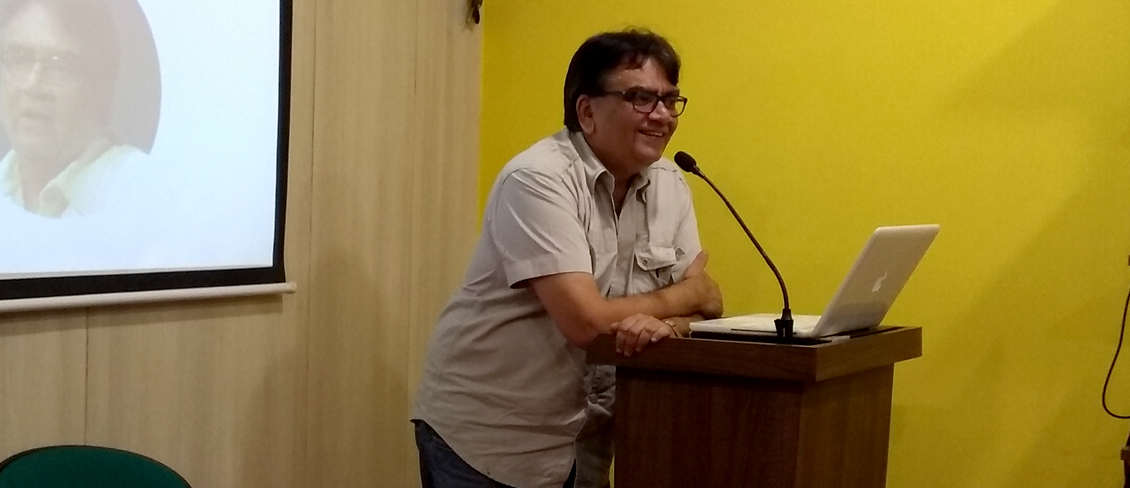
Contempt and defamation are two sections of laws that are very important for any upcoming journalist, activist or any concerned citizen. Considering the importance of these topics, Moneylife Foundation in collaboration with Adv Jamshed Mistry s International Legal Alliance (ILA), had organised a talk by senior counsel Mihir Desai to discuss matters of contempt and defamation in India.
Mr Desaid says, defamation is the general term for a legal claim involving injury to one s reputation caused by a false statement of fact and includes both libel (defamation in written or fixed form) and slander (spoken defamation). It can be intentional when done on purpose by means of slander, or by accident in the forms of an innuendo, which has a hidden meaning. Laws against defamation carry a heavy penalty as well as require an apology to be published by the newspaper or organisation that has made the defamatory remark, he said.
Contempt of court can be defined as an action that a person takes in contradiction of an earlier order passed by the Court. Mr Desai says, Contempt can either be civil or criminal, though criminal contempt has become more common these days. A journalist or any common citizen for that matter can openly criticise a judgment passed by the court but questioning motives of the judge for an order or affiliating the reason for a certain judgement to corruption for instance, can be attributed to contempt of court.
In his talk, the senior counsel stressed on how the right to reputation must be protected by the Constitution but it should not come at the cost of freedom of speech.
Historically, defamation laws have offered greater protection to public officials. In part, they have done this through the notion of insult . Criticism of a politician or other holder of public office is defined as an insult to the office itself. Public officials often have the advantage of having access to funds or taxpayers money, which can be used to file a defamation suit. Often there are harsher penalties for those who are found to defame public officials.
In cases involving public officials, public figures or matters of public concern, a plaintiff must prove that the statement was false. In cases involving matters of purely private concern, the burden of proving truth will be on the defendant. This does not mean that every detail that is published must be perfectly accurate to avoid liability. If the journalist happens to get a few minor details wrong, it will not necessarily negate the truth of the statement so long as the issue at hand is substantially true.
During the seminar, Debashis Basu, founder trustee of Moneylife Foundation shared a few examples of key defamation cases, which were used by Moneylife in fighting a defamation case filed by National Stock Exchange (NSE).
One of the cases discussed was the famous R Rajagopal V State of Tamil Nadu. This was landmark case for news agencies and magazines as the Supreme Court of India ruled that a magazine had a right to publish an autobiography written by a prisoner, even without his consent or authorisation. The concerned prisoner, Auto Shanker had been convicted of six murders and sentenced to death.
While serving his sentence in prison he wrote his auto-biography and expressed his wish that it be published in the Tamil magazine Nakkhreen. The court in it's judgement of the case observed that it was important to strike a balance between the Freedom of the Press and the Right to Privacy.
It further observed that the state and its officials do not have the right to impose prior restraints on the publication of materials that may be defamatory to the state.
Presenting the few landmark cases, Mr Basu stressed how important it is for a journalist to first understand the tenets of Responsible Journalism as expressed by Lord Nicholls of Birkenhead, before writing a story and then much later searching for the appropriate case law to fight a suit of defamation.
There was also brief discussions on Strategic Litigation Against Public Participation (SLAPP) suit. SLAPP suits are a common tool that are intended to censor, intimidate and silence critics by burdening them with the cost of a legal defence until they abandon their criticism or opposition. This phenomenon, which is used world over came into the Indian context when retired Central Information Commissioner (CIC) wrote a letter to the President of India alleging how the Government has been repeatedly using SLAPPs to delay the disclosure of information as well as to intimidate individual commissioners. In his letter, he had mentioned how there are around 1700 writ petitions, most of them filed by government institutions in which the respondents are either the Information Commissioners or the Information Commission who are the respondents.
Both Mr Desai and Mr Mistry felt that free speech is necessary as it enables the media to hold governments and individuals accountable and freedom of speech should also protect the right to offend within reasonable limits, for instance to legitimately criticise the rich and powerful.
Mr Desai concluded, The co-relation of media and defamation is a wide topic having a very broad perspective. One important fact to learn from the session was that it falls upon the person who brings a defamation lawsuit to prove that the defendant published a statement that has harmed the reputation of the plaintiff or that the statement was published with some level of fault. Whether the statement was accurate to the minutest details is not important to avoid liability, as long as the statement is providing facts.


